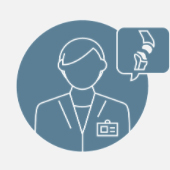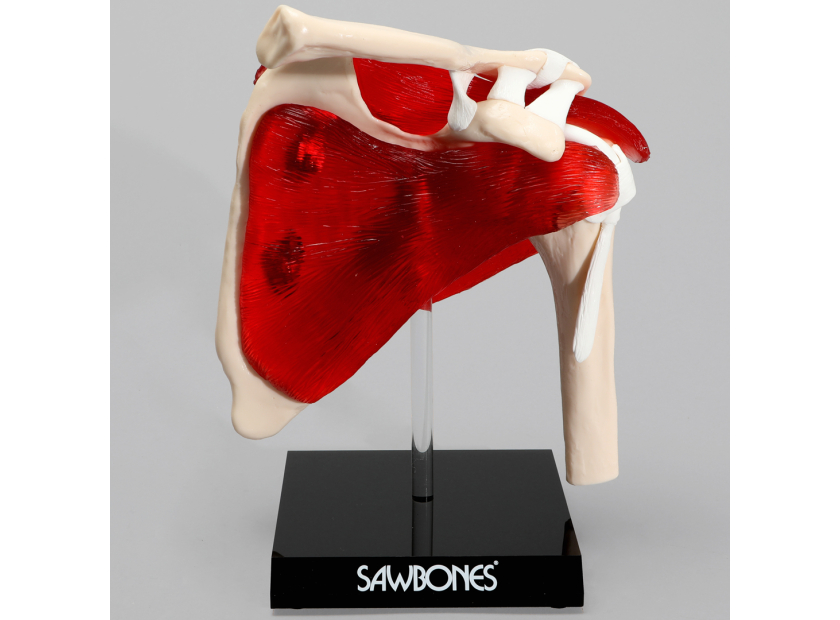Comparing Anatomy Models for Demonstration: How to Maximize Your Budget
Anatomy demonstration models have helped streamline medical education by making it more accessible and efficient. While surgical training in the past has been dependent on available operating rooms and the use of cadavers, engineering solutions have allowed for a more practical and affordable route. They’ve become advanced enough to replicate surgical training methods without the maintenance and burial costs associated with cadavers. These advancements have led to a wide variety of surgical models, making it more necessary for organizations to know how to select the models and features they need to make their training more effective and economical.
Selecting Models Based on Need
One of the most cost-effective ways to purchase anatomy models for demonstration is for an organization to have a clear gauge of what they need before ordering. Technological advancements have allowed models to be more detailed and complex than ever, leading to a larger variety. Identifying exactly which models are necessary for education will increase the effectiveness of training as well as the cost-benefit of using anatomy models.
Model Type |
Specialty |
Procedure Type |
|
Organizations usually require more than a single model type for medical education. Model types include surgical demonstration models, displays, and patient education tools. It’s necessary for them to take stock of which types are needed for training programs. |
There’s a wide variety of specialties in the medical field such as pediatrics, orthopaedics, neurosurgery, physical therapy, physiatry, etc. It’s important to choose models associated with the chosen specialties for efficient practical training. |
For surgical demonstrations, it’s more efficient to have a model focused on the specific procedure or the surgical area. These can include models for reconstruction, injections, arthroscopy, grafts, and more. |
Determining what specific anatomy models are necessary for training in advance allows organizations a chance to buy all, or most, of the models from the same company to help reduce up-front expenses.
Model Features to Consider for Increased Efficiency
While advanced features help further training for students, some of them aren’t always necessary. Filtering which features are important for an organization's training program can help maximize cost efficiency as well as enhance the learning environment. The features listed below are a few of the most common for practical surgical demonstration models.
- Dual Purpose. Dual usage models are the most practical for arthroscopic surgery training. They allow students to train with arthroscopic and open settings to learn the advantages and trade-offs of both. This is a great educational advantage to have to achieve success in a multitude of settings, but it’s important to note that it isn’t always available or essential. It’s important for organizations to ascertain if it’s a necessary expense for their program.
- Haptic Feedback. This provides a real-time response when a student’s instrument comes in contact with various parts of the model’s internal structure in relation to the amount of force used, inflicted structural tissue damage, etc. The sensations can improve a student’s response time and decision-making ability during surgery. This aids minimally invasive procedures, injections, and arthrocentesis training.
- Buildability. The option to add features onto a model to increase surgical complexity is a great way to stimulate progress in training. This allows the model to continue to be useful and challenge the student as their skill level grows. Buildability can significantly prolong the usage of a model.
- Reusability. Using durable and reusable components increases the lifetime of a demonstration model, making the initial cost of an advanced model similar to that of a traditional model over an extended period of time. Fundamental elements like robust materials that can withstand reuse and replaceable skin for surgical demonstrations increase the likelihood of a model being more sustainable during training.
- Kinetic Accuracy. Models that offer similar motion to human joints provide a more realistic demonstration, especially for specialties that focus on joint injuries and how to treat them. While they’re usually less durable and more expensive than traditional models, they have the benefit of being more realistic and multi-purposed. Most training programs factor in kinetic accuracy for more advanced students and use traditional models for beginner levels and patient education.
- Cosmetic Realism. Having models that are as realistic as possible increases the effectiveness of using anatomy demonstration models for teaching. Being able to learn the proper appearance of arteries, degenerative tissue, or even bodily fluids is a more efficient way of ensuring residents are prepared for real surgical situations. When factoring in a budget, it’s important to know that most pre-clinical training requires models that promote clarity to help with initial training rather than realism, whereas clinical models require more realism for advanced students.
Make the Most Out of Your Demonstration Model Budget
Having broader knowledge of anatomy demonstration models can allow instructors to choose models that benefit students while maintaining a favorable cost-benefit ratio. Finding vendors that offer extensive catalogs, various material options, and rental options can help an organization find the most cost-effective solution for their demonstration model needs.
Sawbones produces a wide array of anatomy demonstration models across a range of specialties. For more information on our offerings or to talk about custom training models, contact us at 206-463-5551.

If you're seeking something you can't find on our website, our sales team is happy to help. We can either direct you to the right model or provide a free quote on the right custom project to meet your needs. Discover options with our clear bone models, laminated blocks, custom displays, or other machining projects.








